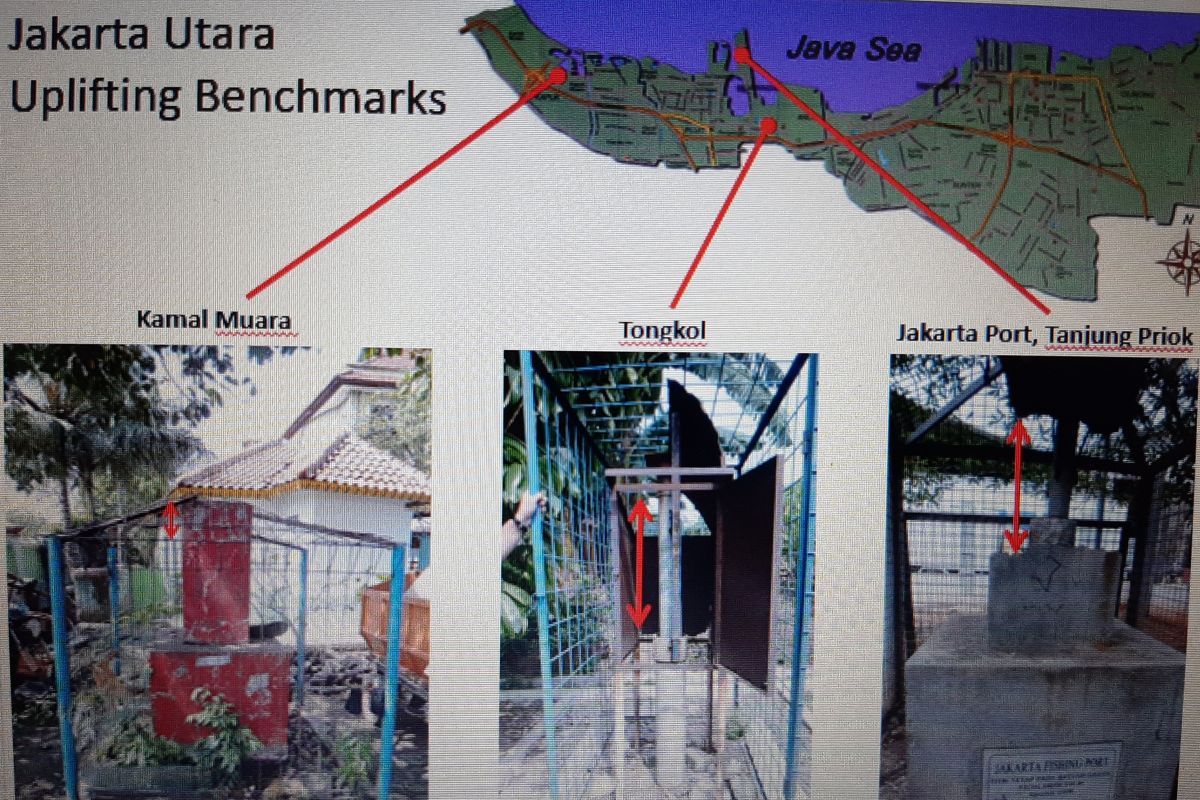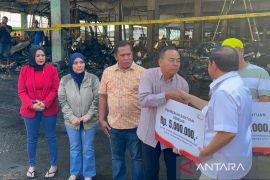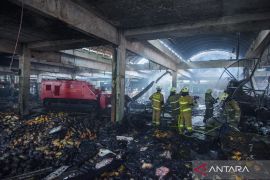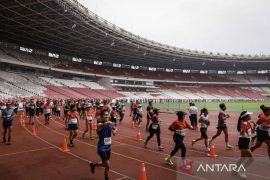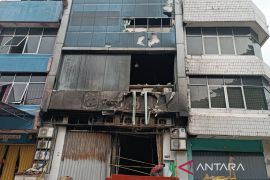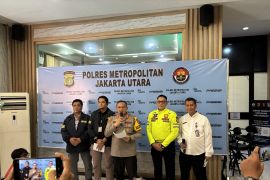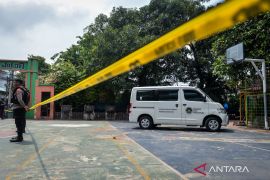The problem of Jakarta’s land subsidence is becoming a cause of greater concern with every passing year owing to several factors, including infrastructure development, population density, and massive use of groundwater.
Land subsidence in Jakarta is recorded at around five up to 12 centimeters annually, especially in the North Jakarta area. If it worsens every year, the land in Jakarta would have sunk 1-1.5 meters in a decade, based on the record of the Japan International Cooperation Agency (JICA) Indonesia.
In fact, JICA Indonesia, in its project scheme to promote prevention of land subsidence in Jakarta, recorded that maximum land subsidence reaching up to 4.1 meters had occurred in the North Jakarta area.
Some evidences of land subsidence have been collected in Jakarta, one of the signs being the increasingly uneven height level between the platform surface at Jakarta's Tanah Abang station and the floor of the train car.
Hence, some additional footholds have to be installed at the bottom edge of the train car for passengers boarding and alighting the train.
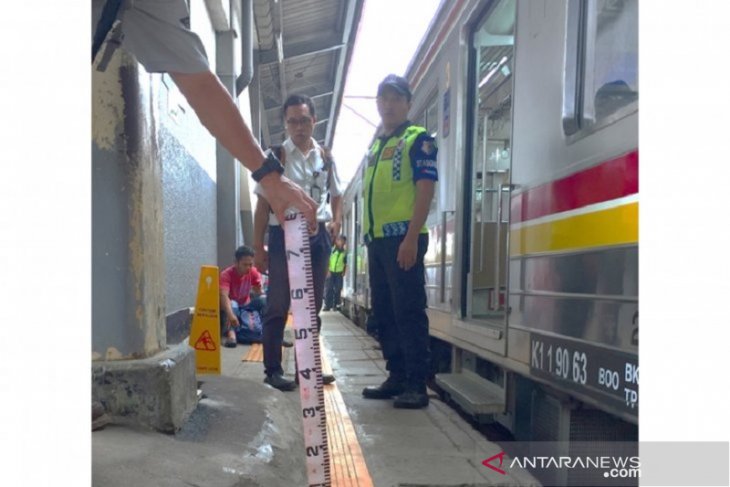
Tokyo case
Tokyo, the capital city of Japan, had also faced the same problem as Jakarta. The land surface in the city had subsided up to 4.6 meters, one of which occurred in the Minamisuna Koto-ku area.
During a presentation, Nobuyuki Tsuchiya, a researcher from the Riverfront Research Center Japan, mentioned that until 1940, no reliable and rational explanations existed to offer a scientific basis for the land subsidence in Japan.
Various likely causes of land subsidence had been discussed in Japan before the World War II, including movement of the earth's crust, soil layer shrinkage due to its own weight, consolidation by heavy buildings and surface structures, shrinkage of reclamation soil, and reduction of rain infiltration.
However, Japanese researchers found the cause of land subsidence through the observations and analysis of groundwater and land subsidence in the west Osaka area in 1940. As the result, Japan uncovered a clear correlation between groundwater level and subsidence velocity on the basis of scientific consideration.

Tsuchiya explained that after the World War II, Japan had witnessed a period of high economic growth during which the industry grew rapidly and several people moved to big cities, especially to Tokyo.
The rapid increase of factories and populations naturally impacts the utilization of large quantities of water for industrial and household purposes. A large amount of groundwater of some 27,000 cubic meters per day was pumped by several buildings.
Meanwhile, JICA Indonesia consultant for water resources and disaster management affairs, Naoto Mizuno, stated that land subsidence in Tokyo was caused by several factors, one of which is the density of buildings in the city.
However, the main cause of land subsidence in Tokyo is excessive groundwater extraction for industrial and commercial purposes.
"There might be other causes, such as overload of buildings, but groundwater extraction is the biggest cause of land subsidence. That is why we focus on controlling the groundwater usage," Mizuno stated.
Hence, the Japanese government established a Land Subsidence Prevention Council in 1953 and enforced the Law of Groundwater Usage for Industry in 1956 to gradually limit and restrict groundwater use in Tokyo.
"At that time, Tokyo focused on regulating groundwater use, especially by industry and commerce," Mizuno stated.
In 1962, Law concerning water usage in buildings was enforced and Law concerning water usage for industry had been revised.
The Japanese government had faced numerous challenges and obstacles in undertaking all possible efforts to overcome land subsidence in Tokyo.
Mizuno stated that the Japanese government was striving hard to change the mindset of the community and industry to shift from using groundwater to other water sources.
"The challenge is to change the mindset of groundwater users. For instance, government officials must visit industrial companies to draw attention to the depletion of groundwater supplies," he explained.
"We began prohibiting the use of groundwater in some areas, then continued to expand, and companies eventually switched from using groundwater to pipe water or other water sources," he added.
Furthermore, in 1964, the Japanese government began providing alternative water sources for the industry, one of them being river water.
"The government attempted to provide sufficient quantities of high-quality water at affordable prices for the industry," Mizuno stated.
He noted that in two decades, the Japanese government had made gradual efforts, starting from dissemination of information to raising awareness of land subsidence, implementation of policy on limiting and prohibiting groundwater usage, to the provision of water resources, especially for industrial purposes.
"We took a step-by-step approach in implementing this policy, not a thorough ban at the same time, so industries eventually stop using groundwater. Some of them use water-saving technology and water recycling, while some others are using rainwater," Mizuno stated.
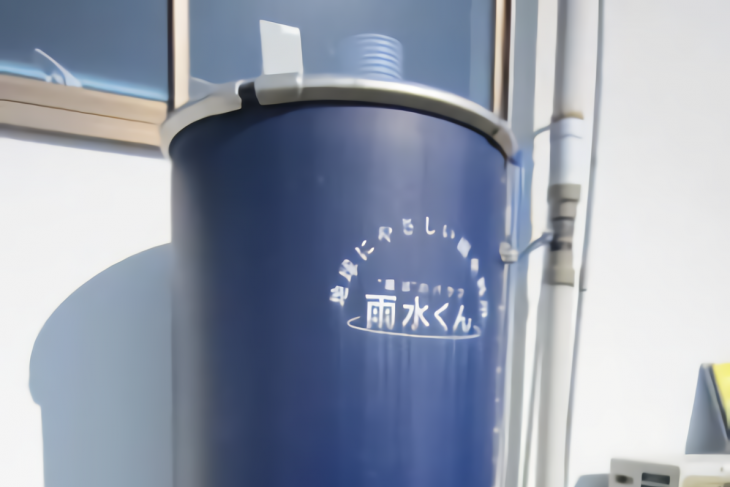
The groundwater usage restriction policy, initiated in 1950, was successfully applied thoroughly in 1970. In two decades, the use of groundwater in Tokyo could be completely stopped, and it managed to reduce land subsidence in Tokyo.
Jakarta case
Taking cues from problem-solving approaches to tackle land subsidence in Tokyo, the Indonesian government - especially the local government of Jakarta - certainly needs to make sustained efforts to prevent further land subsidence in the capital city.
Regarding efforts to handle land subsidence in Jakarta through cooperation between Indonesia and Japan, at least four main objectives need to be achieved in the three-year project for implementing the cooperation that began in 2018.
Tomoya Kikuta, an expert from JICA for integrated water resources management, explained that those four objectives are to complete monitoring structure and collect data on all existing wells in Jakarta, control groundwater volume, develop alternative water resources, including rainwater and city water recycling, and increase social awareness.
JICA consultant Naoto Mizuno stated that JICA, along with related stakeholders in Indonesia, have undertaken several measures to handling land subsidence, one of which was analysis of land subsidence in Jakarta by using a satellite.
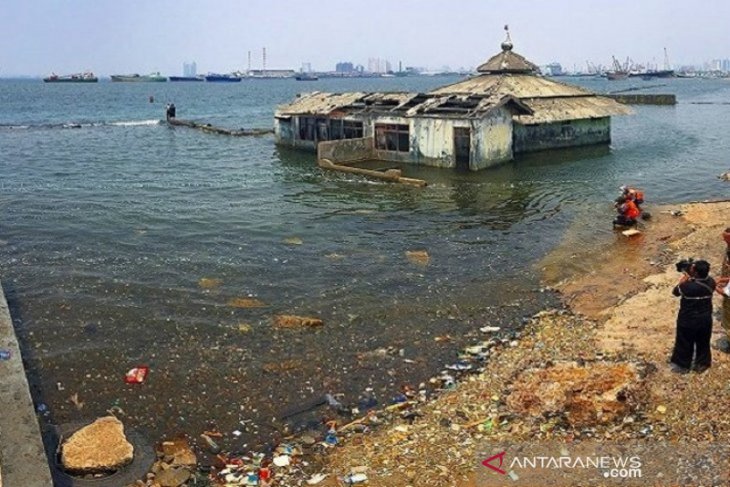
Mizuno pointed out that -- as the case in Tokyo -- massive and continuous use of groundwater was the main cause of land subsidence in Jakarta.
To this end, he suggested the Jakarta provincial government to immediately make and implement a regulation regarding restrictions on the use of groundwater and provide alternative water sources for the people.
"Basically, to stop land subsidence in Jakarta, we must stop using groundwater. The challenge will be in finding alternative water sources, and the Indonesian government is working on that," Mizuno stated.
He also highlighted the main obstacle that must be faced in an effort to control, limit, and prohibit the use of groundwater in Jakarta is the uncertain numbers of wells in Jakarta since they are not registered or recorded well.
"The problem is there are likely to be many groundwater wells that are not registered or recorded in Jakarta. To find all these wells is quite difficult," he remarked.
With uncertainty over the number of existing wells in Jakarta, Mizuno stated, the local government is yet unable to decipher the exact amount of groundwater use in the city that will ultimately make it difficult to implement restriction on groundwater use.
"The data collection system of wells in Jakarta could be used by the government as the basic information on groundwater use in the city. For instance, everyone who has wells and use groundwater can be charged a usage fee, so the use of groundwater can eventually be controlled and restricted," he explained.
Another obstacle was the lack of coordination between parties that observe the problem of land subsidence in Jakarta.
"We know that some researchers and academics in Indonesia have made efforts to observe land subsidence in Jakarta, but they was lack of coordination, so it is difficult to obtain some valid data," he stated.
Regarding such obstacle, Mizuno encouraged all the parties in Indonesia, right from researchers, academics to government officials, to conduct integrated observation activities.
He also stressed the importance of observing the problem of land subsidence in Jakarta on a continuous basis, even after the land subsidence itself later on is successfully inhibited.
Continuous oversight of policy implementation and implementation of mitigation measures are the most important efforts to prevent land subsidence in Jakarta.
Last but not the least is the collective awareness of the occurring land subsidence in Jakarta and integrated efforts to overcome the problem. (INE)
Related news: Adapt together or be eliminated: land subsidence in North Jakarta
Related news: Fate of Jakarta's giant sea embankment as a flood barrier
Related news: Flooding hits some 100 homes in East Jakarta's Cawang
Editor: Azis Kurmala
Copyright © ANTARA 2020
